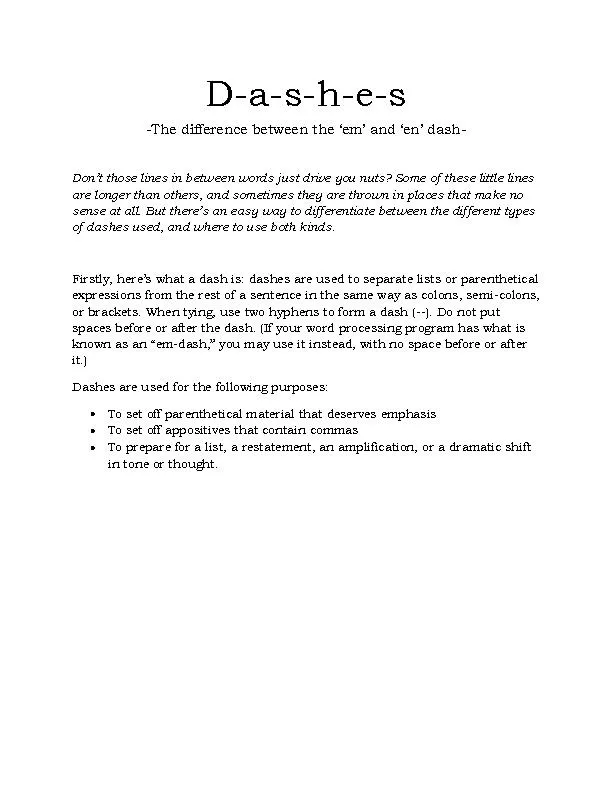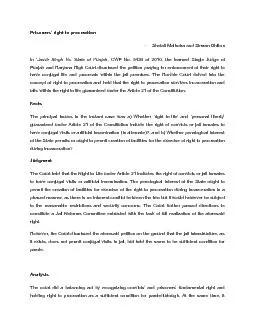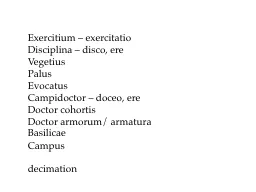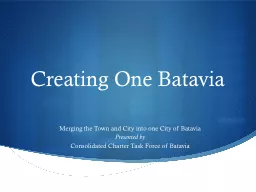PDF-The Batavia Mutiny: Australia’s First Military Conflict
Author : tatiana-dople | Published Date : 2016-06-29
1 in 1629 Rupert Gerritsen Most Australians presume that the first military conflict in Australian history one involving regular soldiers on both sides occurred
Presentation Embed Code
Download Presentation
Download Presentation The PPT/PDF document "The Batavia Mutiny: Australia’s F..." is the property of its rightful owner. Permission is granted to download and print the materials on this website for personal, non-commercial use only, and to display it on your personal computer provided you do not modify the materials and that you retain all copyright notices contained in the materials. By downloading content from our website, you accept the terms of this agreement.
The Batavia Mutiny: Australia’s First Military Conflict: Transcript
Download Rules Of Document
"The Batavia Mutiny: Australia’s First Military Conflict"The content belongs to its owner. You may download and print it for personal use, without modification, and keep all copyright notices. By downloading, you agree to these terms.
Related Documents

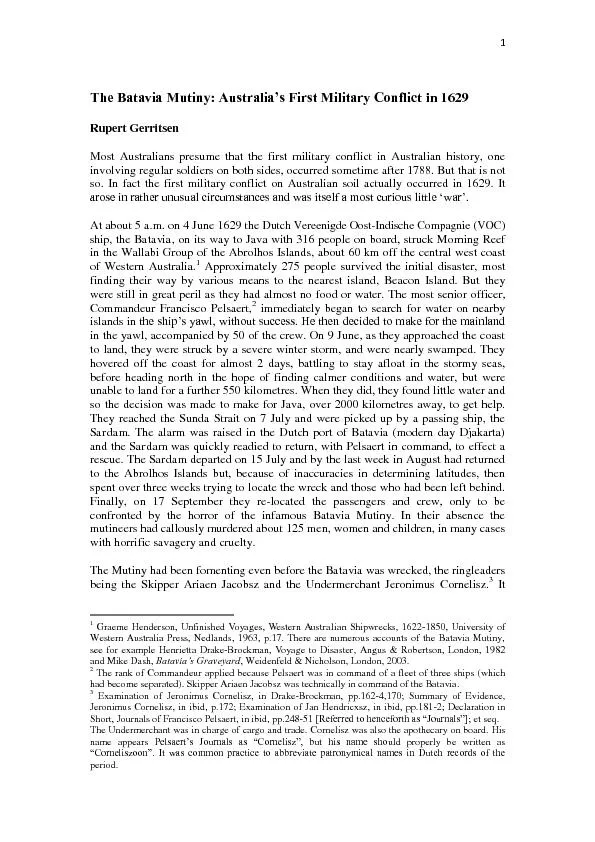

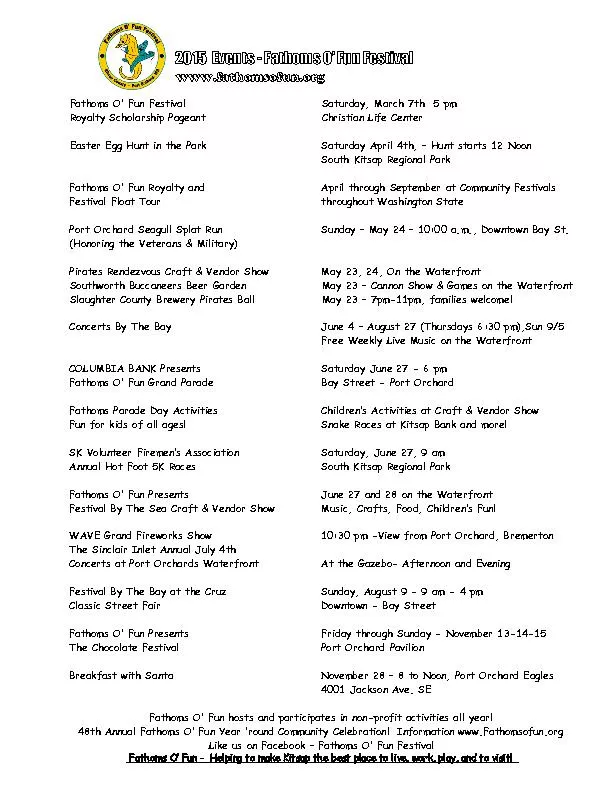
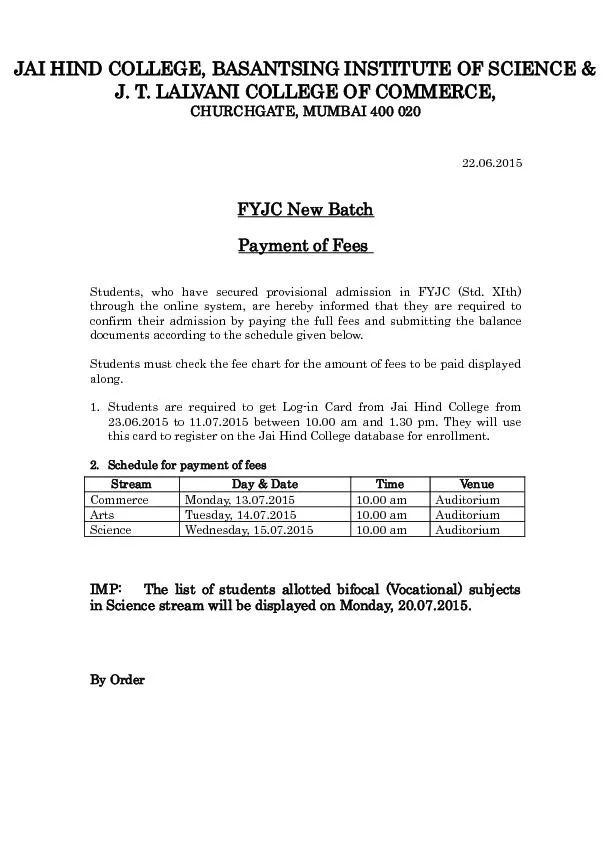
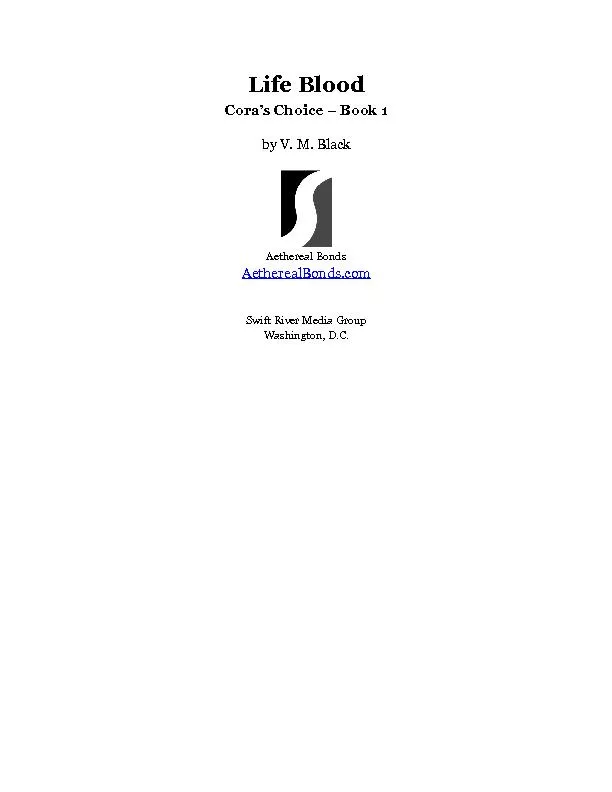
![1.1 245789ਈ346[484]i9o849[34r6g8[8bb4’z4l’](https://thumbs.docslides.com/371922/1-1-245789-x0a08-346-4-x0a0e-84-i9o849-34r6g8-8bb4-x2019.jpg)

